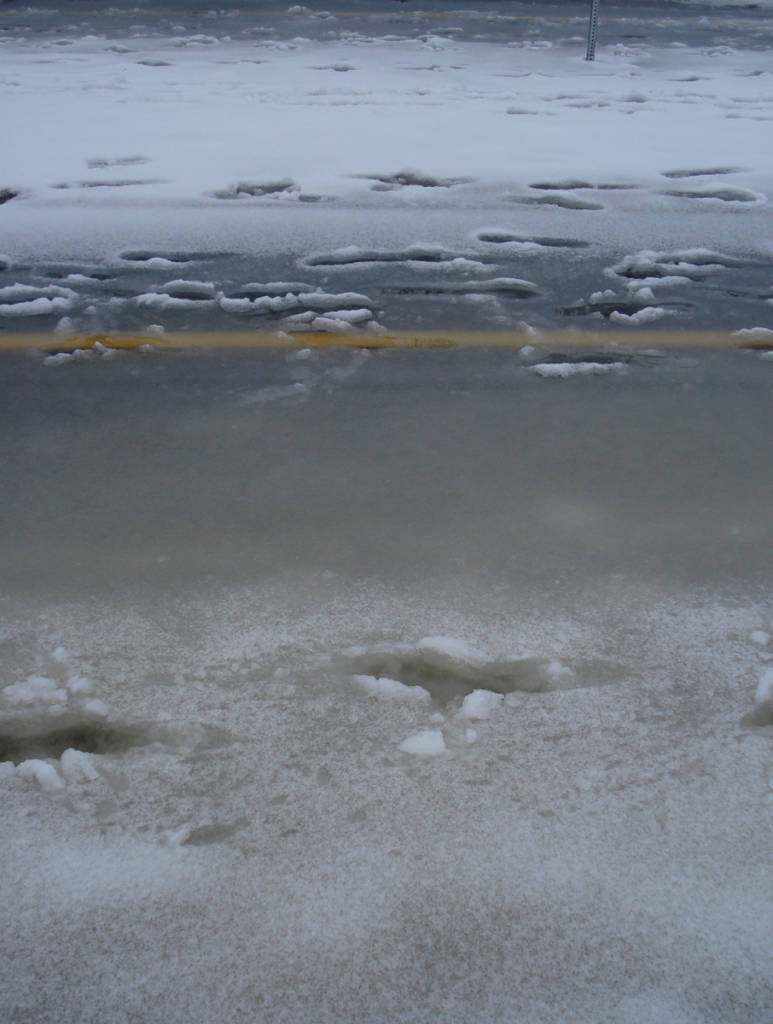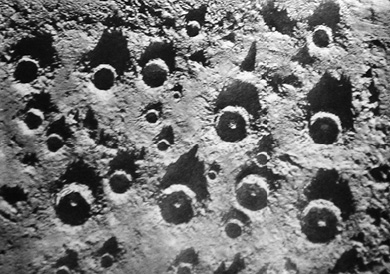Poems by LORIS JACOPO BOLLINI and art by ANDREA POGGIPOLLINI, with an introduction by MARTHA COOLEY
Andrea Poggipollini is a Bologna-based artist who works in multiple media. His summer-long installation “Omnipresence” in the medieval borgo (walled village) of Castiglione del Terziere in Lunigiana, Tuscany, featured sculpture, photography, video, and excerpts from poems by Loris Jacopo Bononi. Bononi, an Italian writer (earlier in his career, a doctor), writes poetry and prose; his work has been lauded by Pier Paolo Pasolini, among others. He is the author of Trilogia (Diario postumo, Miserere dei, and Il poeta muore), Libri e Destini, and other texts.
Viewers walked through the borgo to encounter Poggipollini’s and Bononi’s collaboration in unexpected places: on placards on walls high and low, windows, on the ground, and in cellars. Among the installation’s elements were life-sized sculptures of human figures in black or white—kneeling, standing, sitting—which materialized as unexpectedly as phantoms on stone walls, in a bell-tower, and on the balcony of the village’s once-grandest house, now abandoned. In a passageway between two buildings were photographs by Poggipollini of sculptures he’d previously made, to which Bononi’s poetry-excerpts are an implicit response.
The photographs of Poggipollini’s work are echoes of echoes of echoes, one might say.


 Tatiana Garmendia was inspired to create this series of work, which includes both embroideries stitched into military netting and drawings on paper, by a conversation she had with a veteran who had recently returned from serving in Iraq. Marrying poses from Michelangelo’s The Last Judgment, the altar fresco in the Sistine Chapel at the Vatican, with portraits of soldiers in contemporary military uniforms, she created scenes that refer both to the landscape of present day war and an artistic interpretation of heaven.
Tatiana Garmendia was inspired to create this series of work, which includes both embroideries stitched into military netting and drawings on paper, by a conversation she had with a veteran who had recently returned from serving in Iraq. Marrying poses from Michelangelo’s The Last Judgment, the altar fresco in the Sistine Chapel at the Vatican, with portraits of soldiers in contemporary military uniforms, she created scenes that refer both to the landscape of present day war and an artistic interpretation of heaven.






